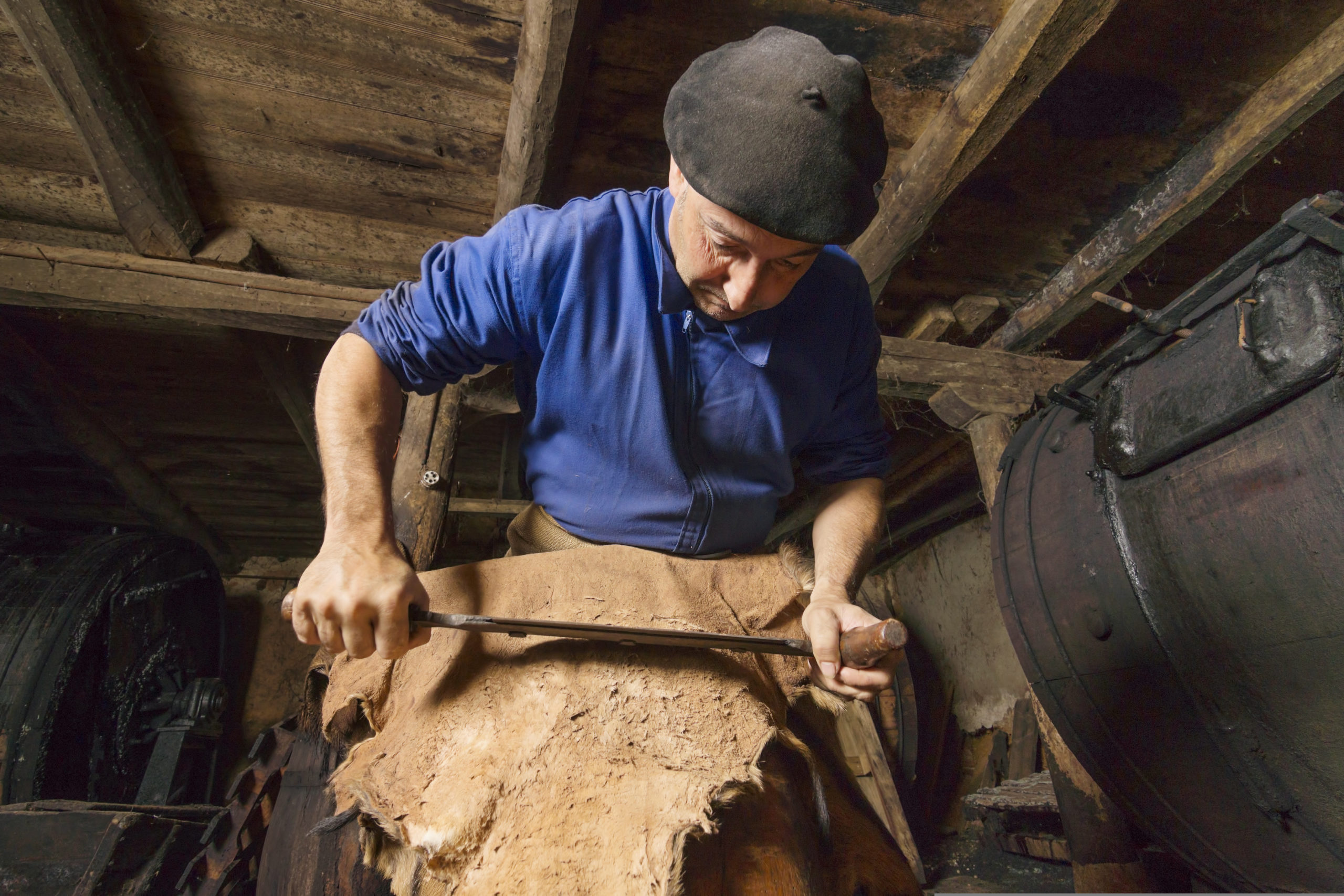
How is Leather Made: Journey from Hide to High Fashion
What is Leather: Definition and Key Characteristics
People turn animal skins, like those from cows, goats, or sheep, into leather through a special process called tanning. This makes the skin durable, and flexible and prevents it from decaying. After tanning, they craft the leather into products like shoes, bags, and furniture. Over time, each piece can develop a unique patina, giving it special value.
- Durability: Leather is tough. That’s why it’s used for things like shoes, belts, and jackets. It can last for years if taken care of.
- Flexibility: Even though it’s strong, it is also flexible, which means it can bend easily without breaking. This makes it great for bags and wallets.
- Natural Look: It has a unique appearance. Over time, it can change in colour and get small marks, making each item one-of-a-kind.
- Comfort: It can breathe, meaning air can pass through it. This makes leather shoes and jackets comfortable as they don’t trap heat.
- Variety: There are different types of leather, based on how it’s made. Some are super smooth and shiny, while others have a rough texture.
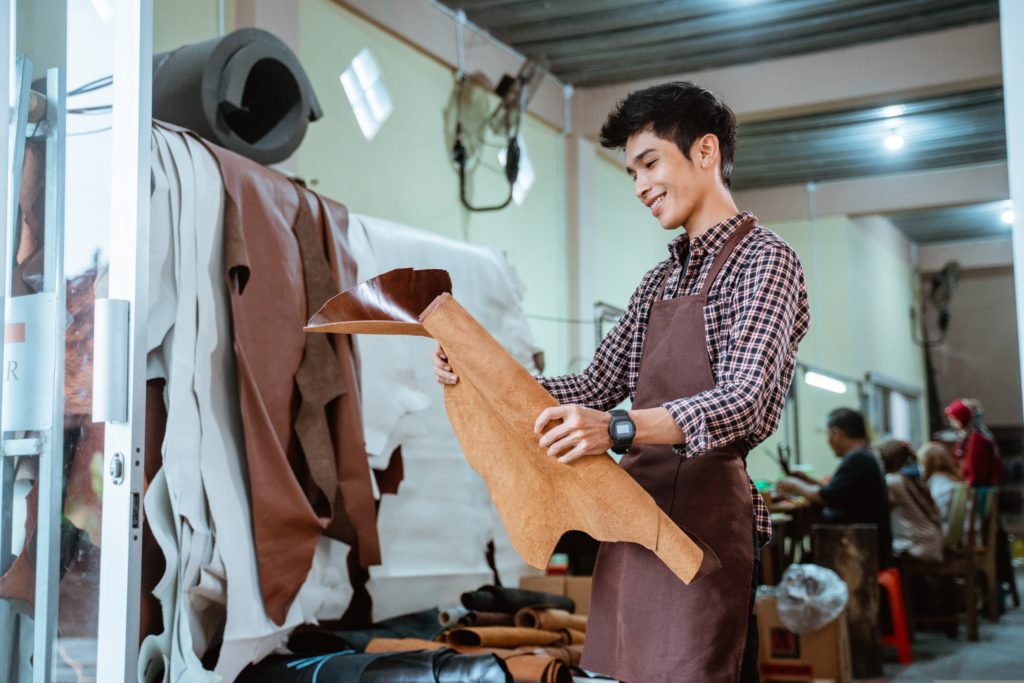
From Farm to Fashion: The Leather Lifecycle
I) What is Leather Made From: Animals on Farms
- Starting Point: They come from animals. They’re taken care of and raised on farms.
- Animals Used: Many animals can be used to make leather. Most come from cows. Goats and pigs also provide good leather – goatskin is soft while pigskin lets air through.
- Treating Animals Right: It’s important to treat these animals well. Some brands make sure their leather comes from places where animals are looked after and not just used for their skin.
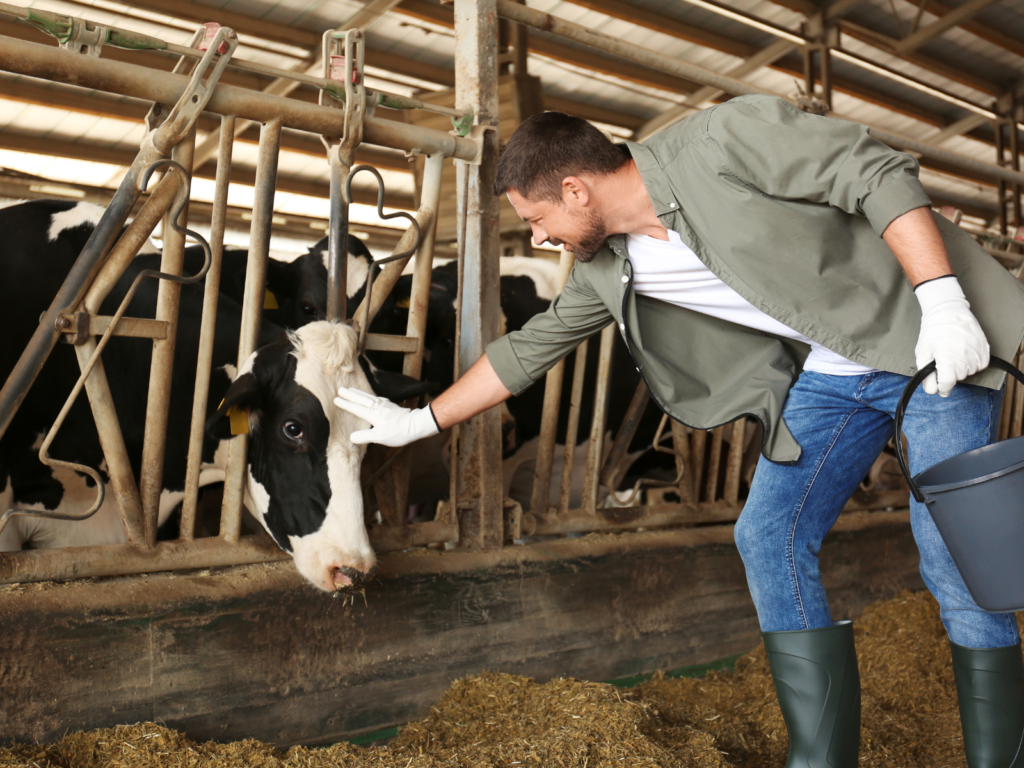
II) Transforming Hide to Heirloom: The Initial Steps of Processing
- Skin Removal and Preservation: After the skin is meticulously removed, it undergoes immediate preservation to prevent decay. This preservation ensures the skin retains its natural qualities.
- Importance of Timely Processing: Speed is crucial here. The longer the hide sits without treatment, the higher the risk of it becoming unusable. Immediate processing ensures the leather retains its desired natural grain and quality.
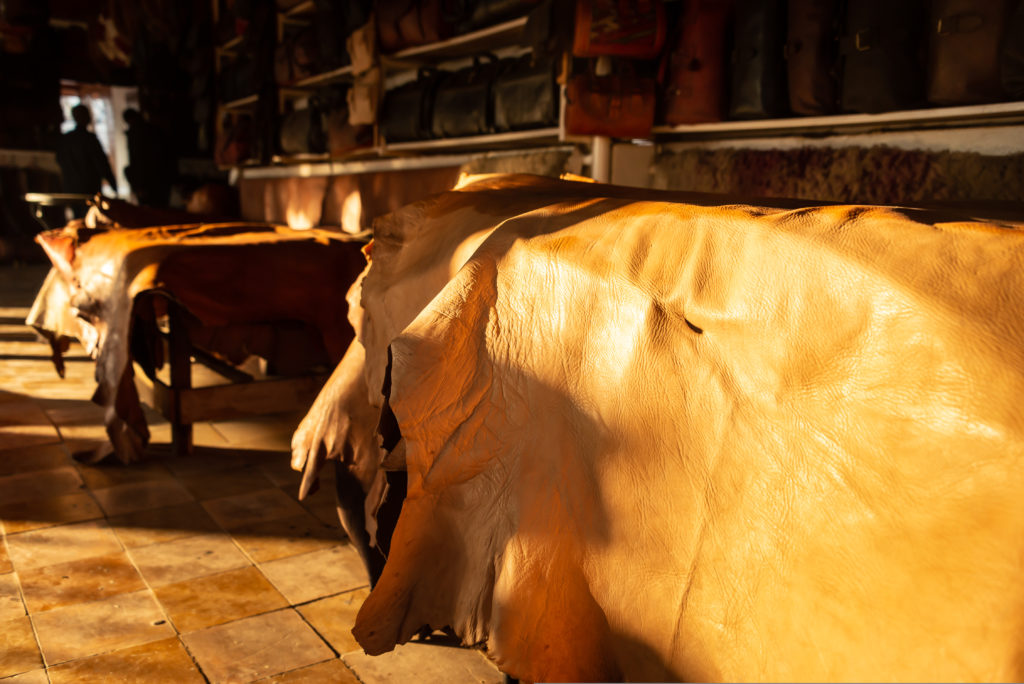
III) Turning Skin into Leather: The Tanning Process
- The Difference Between Vegetable Tanning and Chrome Tanning: Tanning is the key step that changes animal skin into the leather we recognize. Two major techniques dominate. Vegetable tanning, an age-old method, uses tannins from plant sources to cure the hide, resulting in a firm and flexible leather. On the other hand, chrome tanning employs chemicals like chromium, ensuring a faster process and a softer finish.
- Thinking About the Planet: Chrome tanning can be tough on the environment because of the chemicals. It’s important to throw away these chemicals properly and look into greener ways of doing things.
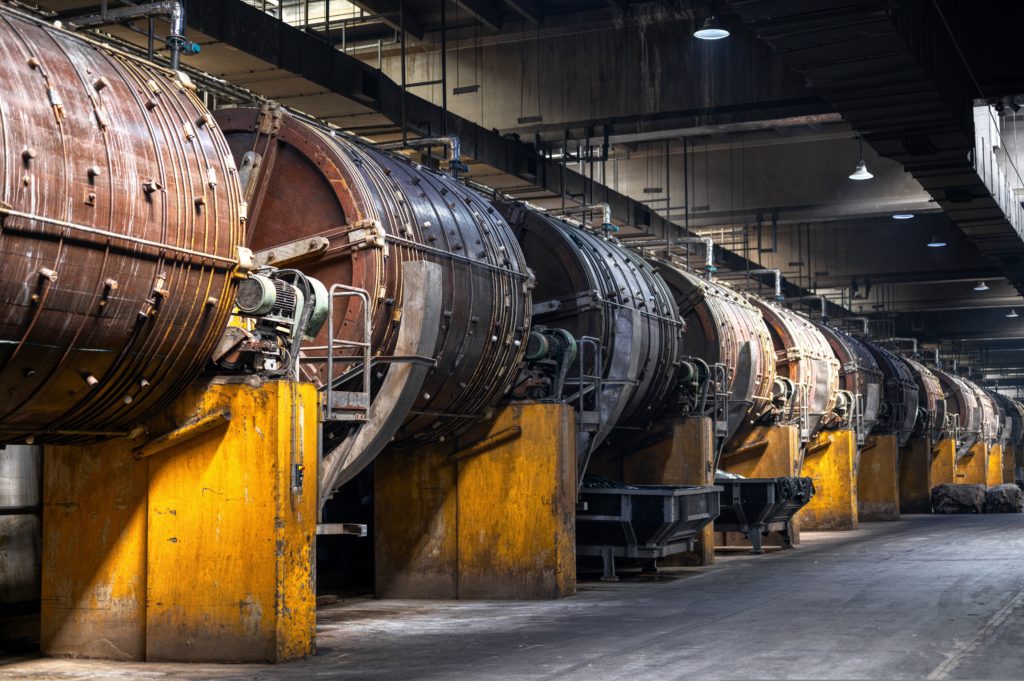
IV) Crafting the Final Aesthetic: The Art of Finishing
- Dying, Polishing, and Other Finishing Processes: The final chapter in the lifecycle is all about aesthetics and texture. After tanning, it is dyed in different colours and polished to make it shine. Sometimes, it’s also treated to resist water or to give it a special feel.
- Creating Various Textures and Aesthetics: It can be smooth like nubuck or rough like full-grain. These finishing touches make each piece of leather unique and functional.
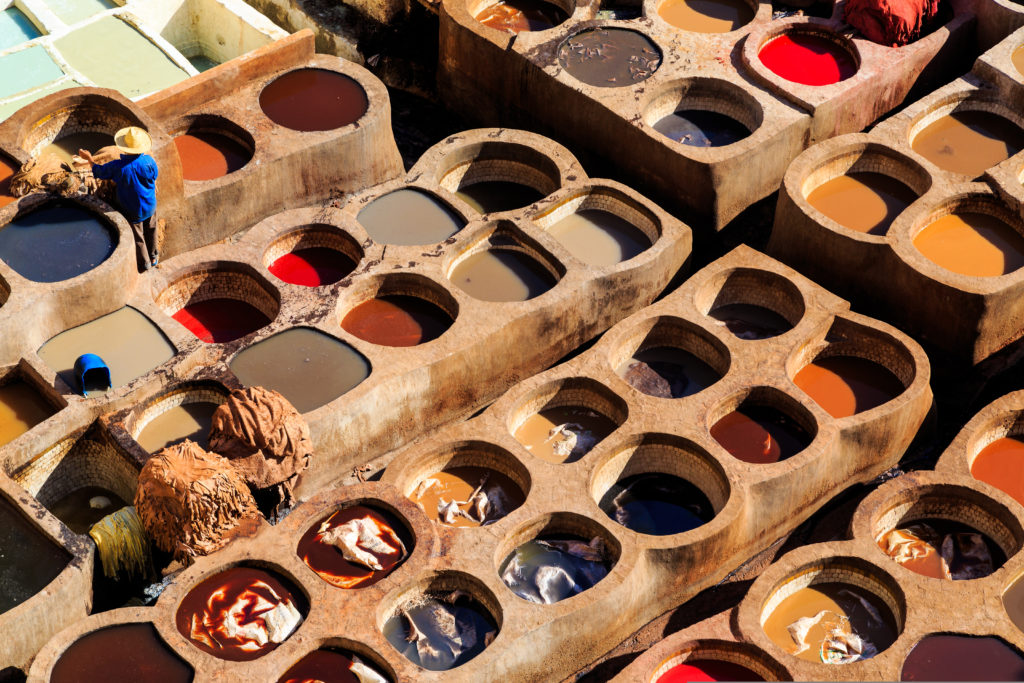
The transition of leather, from a living being to a fashion staple, is an intricate dance of nature and craftsmanship. As consumers, understanding this journey allows us to value and care for our possessions even more deeply.
Luxurious World of Leather Varieties
With its rich history, it’s no surprise leather has diversified into several variants. Let’s acquaint ourselves with some of the most prevalent:
Full-Grain:
Description: Representing the highest grade of leather quality, full grain comes from the topmost layer of the hide and includes all-natural grain.
Characteristics: Full-grain gains beauty over time, developing a highly sought-after patina instead of wearing out. Its natural imperfections like scars or stretch marks may be visible.
Uses: Luxury goods like premium handbags, shoes, and high-end furniture often feature full-grain leather due to its quality.
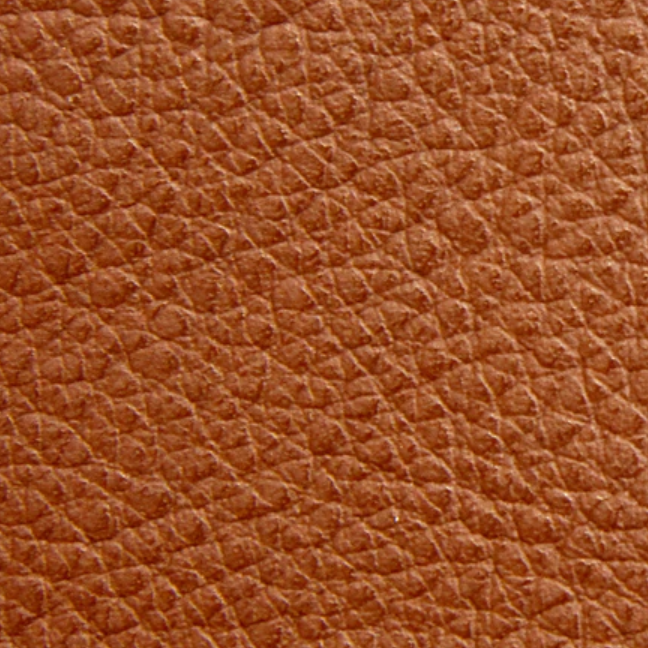
Top-Grain:
Description: Ranking second to full-grain, top-grain leather has its top layer split away, making it thinner and more pliable.
Characteristics: Manufacturers sand the surface and add a finish coat for a more consistent texture and colour, but this makes it less breathable.
Uses: This leather appears often in personal goods like wallets, handbags, some furniture, and footwear.
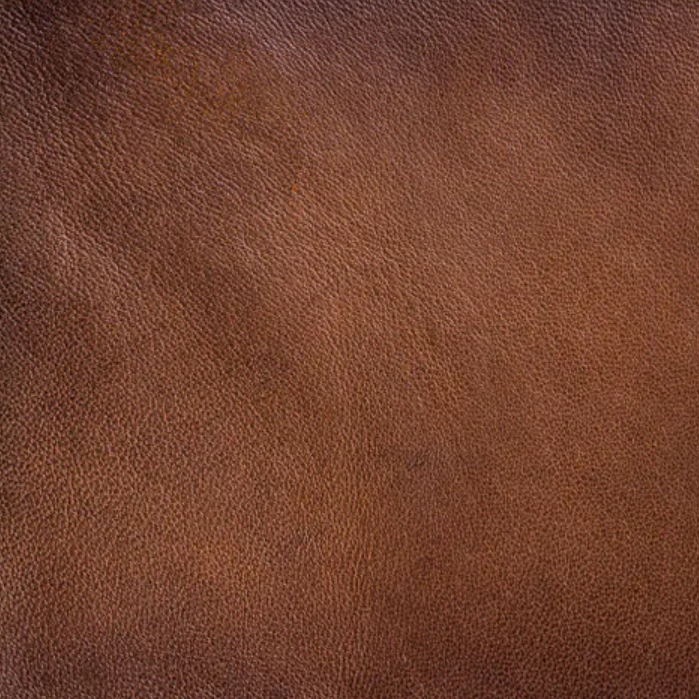
Split:
Description: The hide’s remaining layer after separating the top grain becomes split leather.
Characteristics: Manufacturers often emboss it to mimic higher-quality leather; it tends to be softer and less durable.
Uses: Common applications include belts, wallets, and other goods where strength isn’t crucial.
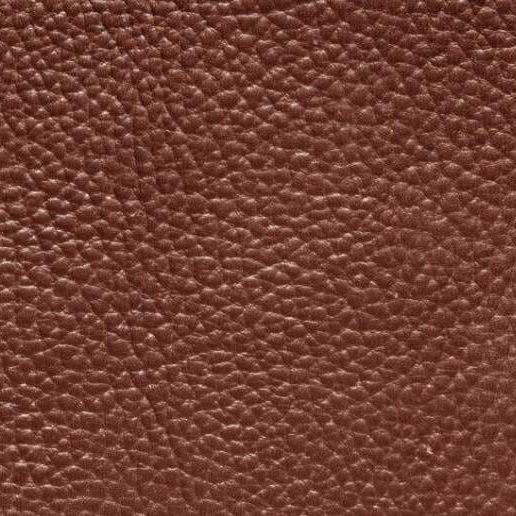
Suede:
Description: Also originating from split leather, manufacturers treat the inside of the hide to create suede’s soft texture.
Characteristics: Suede features a fuzzy, napped finish but is less durable and more prone to water and stain damage than full-grain leather.
Uses: Suede commonly appears in apparel, upholstery, shoes, and accessories like handbags.
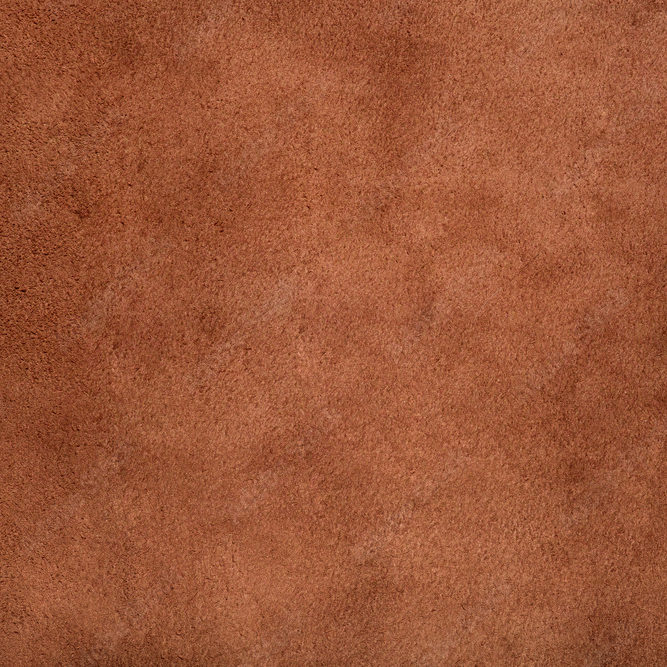
Bonded:
Description: This lowest-quality leather consists of scraps from other types, bonded together with latex or polyurethane onto a fiber sheet.
Characteristics: It often receives paint to resemble real leather but lacks durability and doesn’t age well.
Uses: You’ll find bonded in low-cost furniture, bookbindings, and accessories.
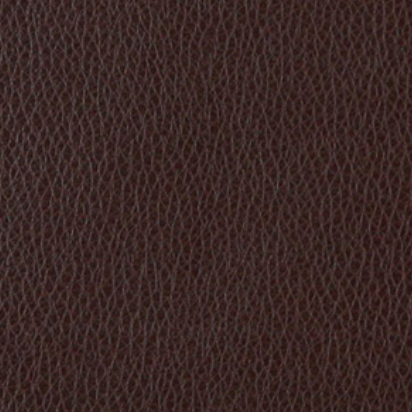
Nubuck:
Description: Sanded on the grain side, nubuck is a type of top-grain with a fine nap similar to suede.
Characteristics: It feels soft and velvety but can stain or suffer water damage easily.
Uses: High-end furniture, shoes, and accessories often feature nubuck.
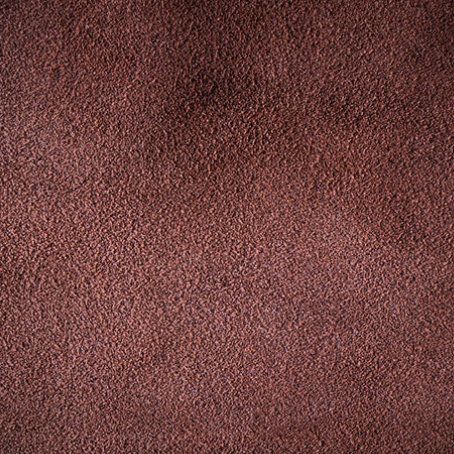
Beyond Traditional Leather: Exploring Alternatives
People have used traditional leather for ages, but environmental and ethical issues now drive interest in alternatives. These options offer innovative designs and enhanced sustainability. Let’s dive into these alternatives and grasp their relevance today.
PVC:
It’s made by adding plasticizers to PVC, making it flexible and soft. While PVC is waterproof and has a shiny finish, it’s less breathable compared to other types. One of the main advantages of PVC is its waterproof nature.
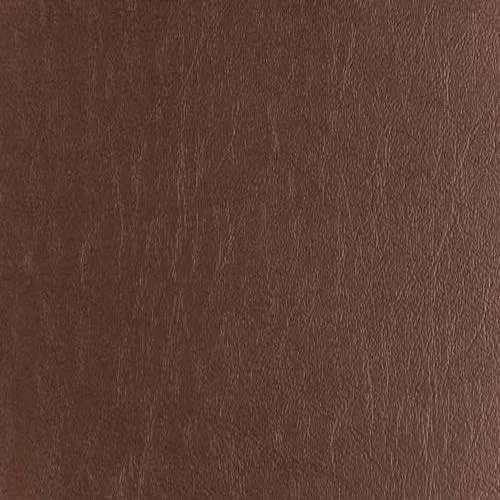
PU:
It’s made by coating a backing fabric like polyester with a layer of softened polyurethane. It closely resembles the feel and texture of genuine leather, making it popular in fashion and upholstery.
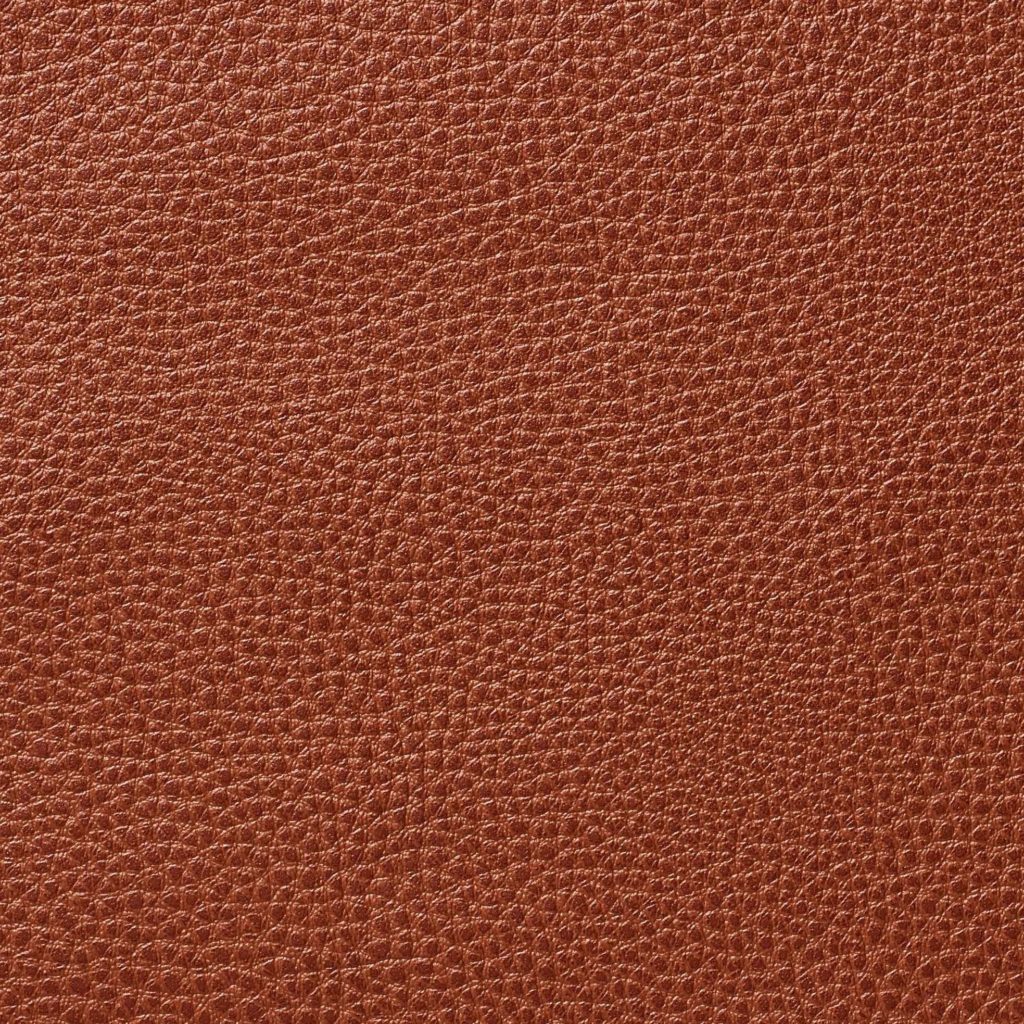
Plant-Based:
Nature offers some incredible materials. Take, for instance, leather made from mushrooms (Mycelium) and pineapple (Pinatex) is sustainable and biodegradable.
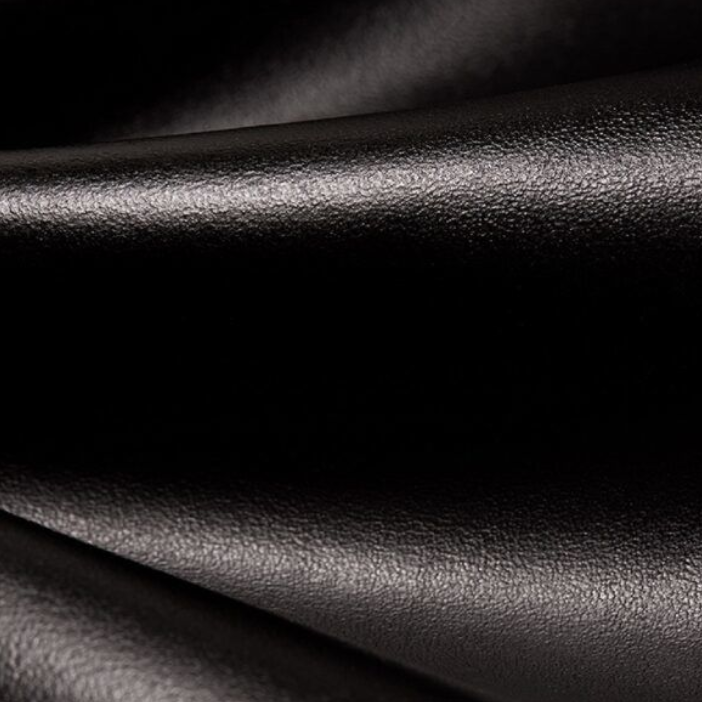
Recycled:
Recycled is about taking old leather goods, breaking them down, and crafting new items. It provides the same luxe feel but with a much-reduced carbon footprint.
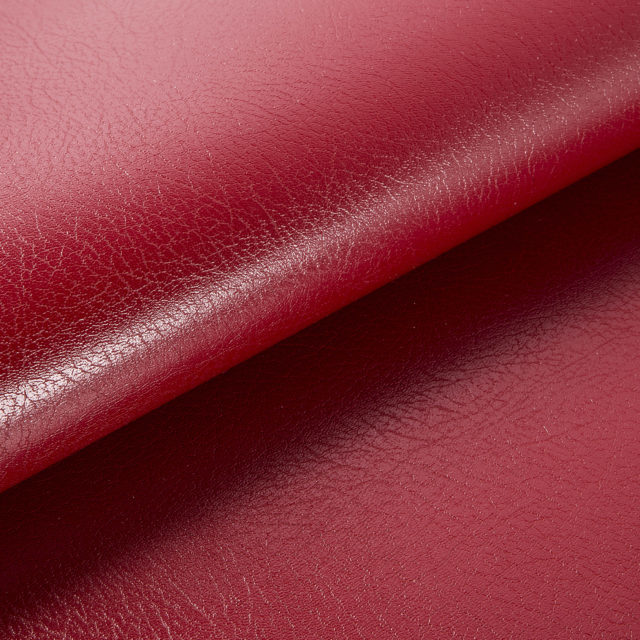
Cork:
Mainly from the bark of cork oak trees, this leather is lightweight and waterproof. Plus, extracting cork doesn’t harm the tree, making it a sustainable choice.
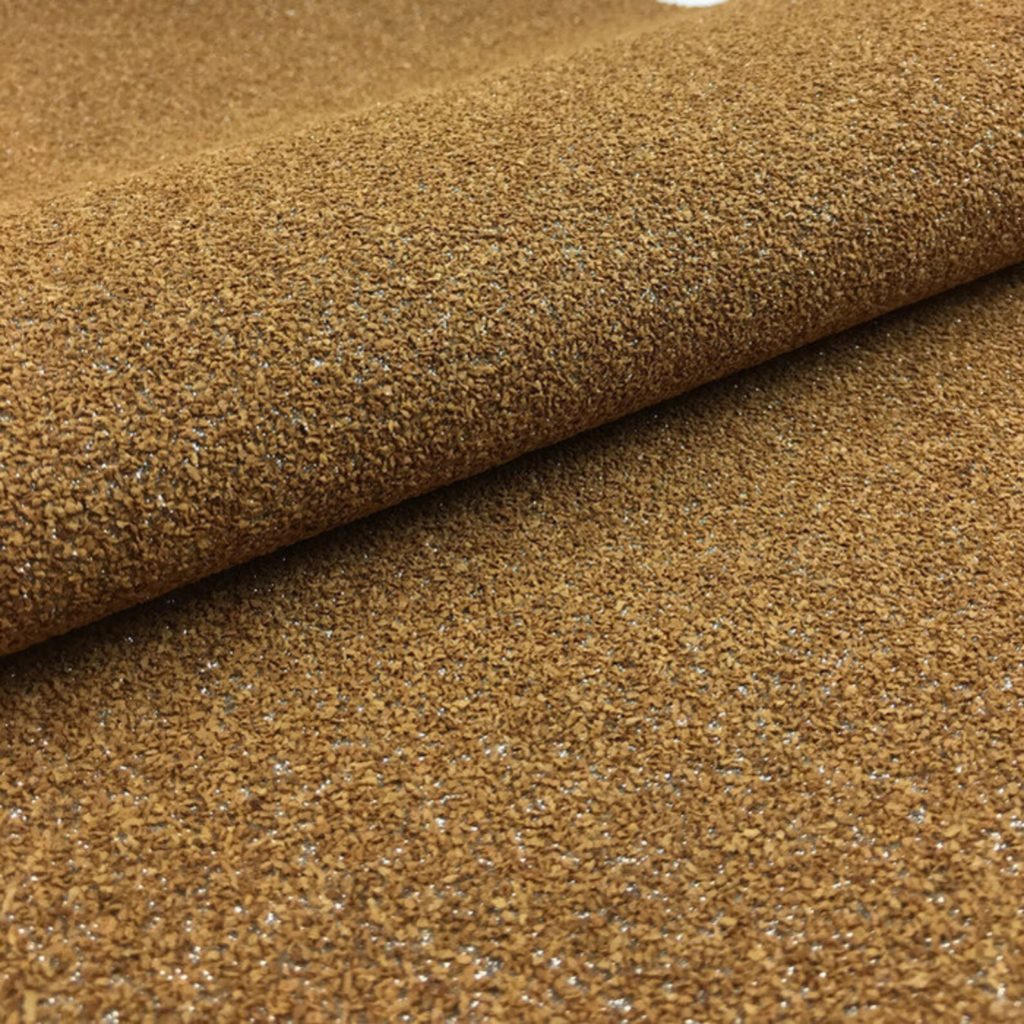
How To Make It Last a Lifetime
Leather stands out and can last longer with proper care. As it ages, it can improve in appearance, but only with proper maintenance. Here’s how to achieve that:
- Wipe it Down: Use a soft cloth to brush off dust. This keeps the leather looking new.
- Wash Lightly: If your leather sofa gets a minor mark, gently wipe it with a slightly wet cloth and mild soap. But first, test a tiny spot to be sure it’s safe.
- Moisturize Your Leather: Just like our skin, it needs to stay soft. You can use special creams to keep it shiny and soft.
- Stay Out of the Sun: It can lose its colour if left in the sun for too long. Keep it in the shade.
- Act Fast on Spills: If something spills on your suede or nubuck, quickly dab it off. Don’t rub it in.
- Breathability is Key: Store products in a cool, dry place. If using a bag or shoe dust cover, ensure it’s made of a breathable material, like cotton.
- Shape Matters: For bags or shoes, use shoe trees or bag shapers to ensure they maintain their original shape.
- Avoid Plastic: Storing, especially items like genuine leather jackets, in plastic can cause it to dry out. The lack of air circulation can also lead to mould.
- Distance from Sharp Objects: Store softer varieties, like suede and nubuck, away from items that might scratch or pierce their surface.
- Use Padded Hangers: For leather apparel, padded hangers can prevent the material from stretching or deforming.
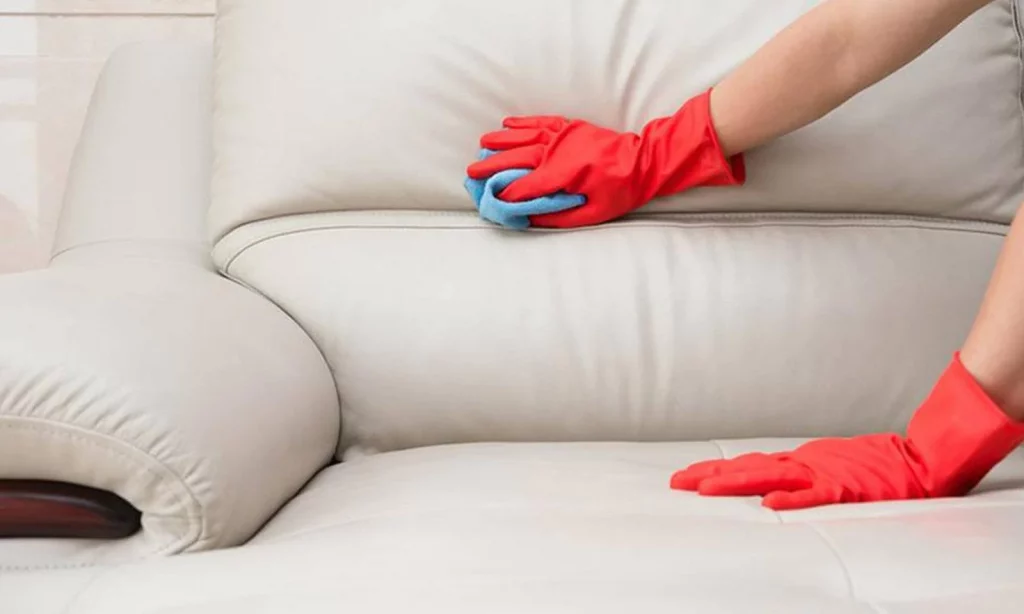
Make Smart Choices When Buying
They have stood the test of time, transitioning from ancient shoes to today’s trendy attire. It has woven itself into human history and continues to captivate us for numerous reasons. Here’s what to consider when shopping for leather:
- Understand Your Purchase: Educate yourself on these to select the best fit for your needs and consider environmental impacts.
- Question the Source: Investigate where the leather originates and its production methods. Support companies that prioritize transparency and environmental care.
- Invest in Durability: Opt for high-quality products. They not only serve you longer but also benefit your budget and the environment.
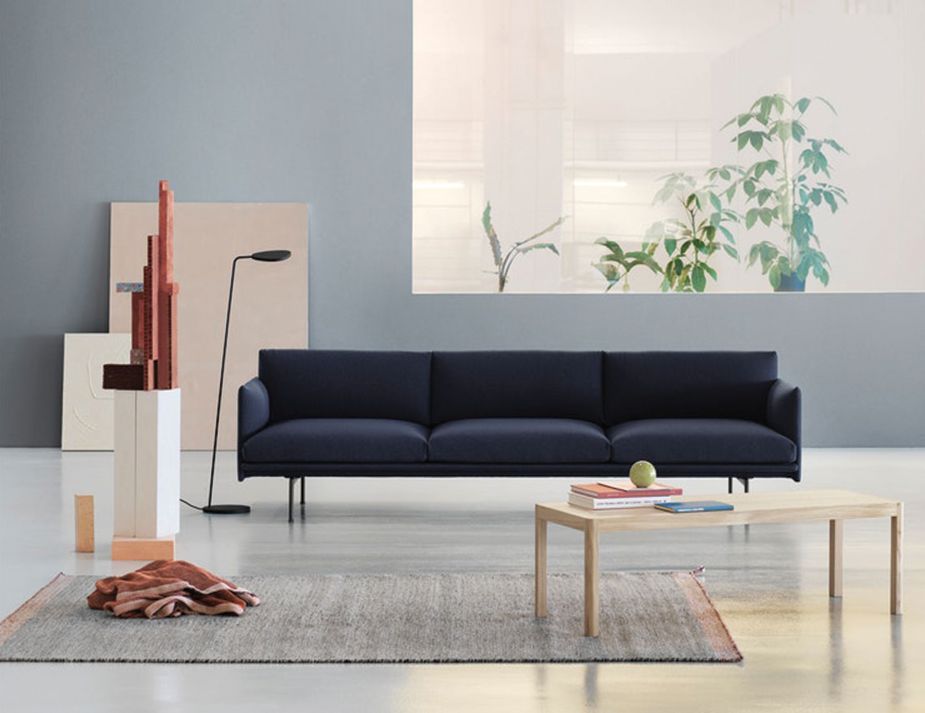
In summary, while leather’s appeal remains undiminished, we must buy responsibly. By prioritizing quality and understanding its origins, we can appreciate and simultaneously protect our planet.
Frequently Asked Questions
Yes, there are alternative leathers made without harming animals. These include synthetic versions like polyurethane or PVC-based leathers. More recently, innovations such as mushroom leather, pineapple leather (Piñatex), and lab-grown leather have emerged as cruelty-free and sustainable alternatives.
Strict vegans typically avoid leather as it’s an animal-derived product. However, some might opt for second-hand leather goods, arguing that they’re not directly supporting its production. Individual views on this matter vary.
While traditional leather is derived from animal hides, not all leather products today are animal-based. Numerous alternatives, such as those mentioned above, are crafted without using animal products.
While both are derived from animal hides, “genuine leather” often refers to the lower quality split grain leather. In contrast, “real leather” is a more general term that can encompass all qualities of leather, including top and full grain.
Animal-based leather undergoes a series of processes. First, the hide is prepared by removing hair and any remaining flesh. It’s then treated in a tanning solution to prevent decomposition and enhance durability. Post-tanning, the leather is dyed and finished to achieve the desired texture and look.
